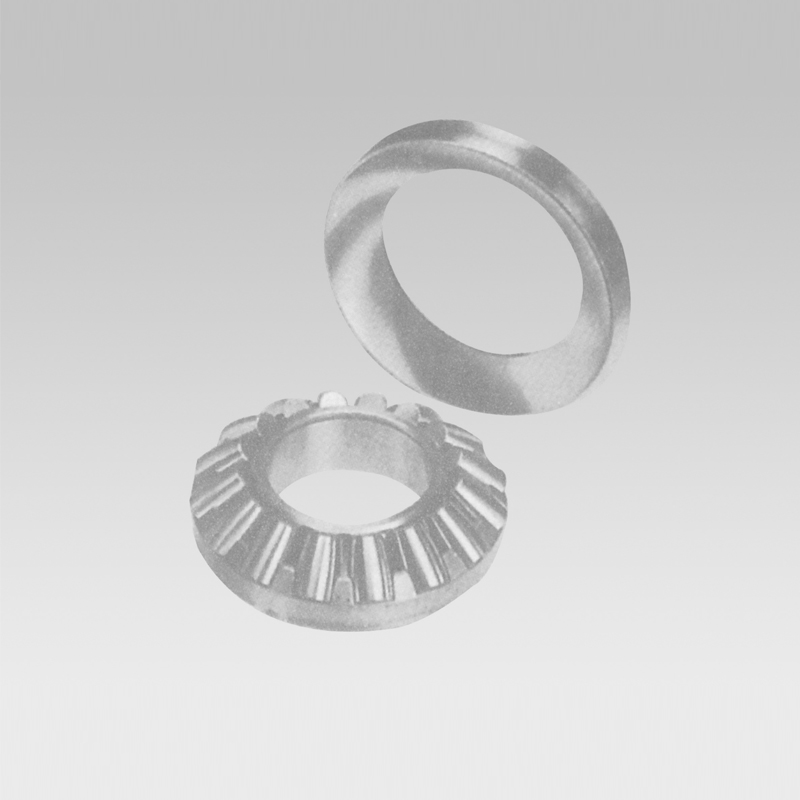
नोभ . 02, 2024 05:39 Back to list
deep groove ball bearing imperial sizes
Understanding Deep Groove Ball Bearings A Focus on Imperial Sizes
Deep groove ball bearings are among the most widely used types of bearings in various applications, ranging from household appliances to industrial machinery. Their popularity stems from their versatility, durability, and ability to accommodate both radial and axial loads. One of the essential aspects of deep groove ball bearings is the sizing system implemented, especially in regions that utilize the imperial measurement system. This article delves into the characteristics of deep groove ball bearings with a specific focus on imperial sizes, providing essential information for engineers, manufacturers, and hobbyists alike.
What are Deep Groove Ball Bearings?
Deep groove ball bearings consist of an inner ring, an outer ring, a set of balls, and a cage that holds the balls in place. The design of these bearings allows them to provide a smooth surface for rotation and reduce friction effectively. Due to their structure, they can support moderate axial loads in addition to heavy radial loads, making them suitable for various applications. Commonly found in electric motors, automotive components, and conveyor systems, deep groove ball bearings are crucial for the efficient functioning of many mechanical systems.
Importance of Imperial Sizes
In regions like the United States and the United Kingdom, imperial measurements are predominantly used. Therefore, deep groove ball bearings are often categorized using the imperial sizing system. This includes dimensions measured in inches rather than millimeters, which is typical in metric sizing. Understanding the imperial sizes of deep groove ball bearings is vital for several reasons, including interoperability with existing systems, affordability, and availability in local markets.
Key Imperial Size Specifications
deep groove ball bearing imperial sizes

The imperial sizing of deep groove ball bearings is typically defined by three main dimensions inner diameter (ID), outer diameter (OD), and width (W). These dimensions must be precisely measured to ensure compatibility with the components they are intended to fit. For example, a common size might be 1 inch for the inner diameter, 2 inches for the outer diameter, and 0.625 inches for the width. Various standard imperial sizes are available, with tolerances defined to ensure proper functioning and minimal wear.
In practice, when selecting a deep groove ball bearing in imperial sizes, it's essential to consider additional factors such as load ratings, speed ratings, and material types. While the most commonly used materials are steel and ceramic, the choice may depend on the specific application, including environmental conditions and expected loads.
Applications of Imperial Sized Deep Groove Ball Bearings
Given their robust design and flexibility, deep groove ball bearings in imperial sizes are widely used. They can be found in automotive applications, such as wheel hubs and transmissions, as well as in industrial machinery like pumps and conveyors. Additionally, they are integral to numerous consumer products, including appliances and power tools.
Conclusion
Understanding deep groove ball bearings, particularly in imperial sizes, is crucial for ensuring the proper selection and application in mechanical systems. As these bearings play a significant role in reducing friction and supporting loads, their correct specification can lead to enhanced reliability and performance of machinery. As industries continue to evolve and integrate precision engineering, grasping the fundamentals of bearing dimensions, including imperial sizing, remains key for engineers and manufacturers alike. Whether for a professional application or a DIY project, choosing the right deep groove ball bearing is essential for success.
Latest news
-
Types of Machinery Bearings and Their Applications
NewsMay.26,2025
-
Thrust Ball Bearings: Key Features and Applications
NewsMay.26,2025
-
Key Advantages of Angular Contact Ball Bearings in Precision Applications
NewsMay.26,2025
-
Common Applications of Cylindrical Roller Bearings in Industry
NewsMay.26,2025
-
Basic Structure & Function of Taper Roller Bearings
NewsMay.26,2025
-
Advantages of Spherical Roller Bearings in Heavy Machinery
NewsMay.26,2025
